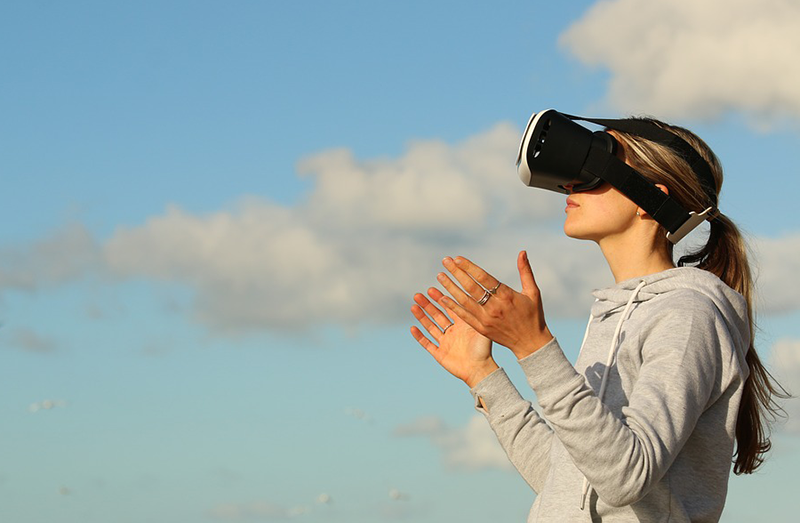The global VR market was valued at USD 3.13 billion in 2017 and is expected to reach USD 49.7 billion by 2023, at a CAGR of 58.54% over the forecast period (2018-2023), according to Research and Markets report.
Read more Oculus Partners with VRHealth to Develop Virtual Reality Pain, Anxiety Management Therapies
With big companies such as Sony and HTC entering, and technological advancements in VR are expected to generate a plethora of VR solutions with diverse capabilities, which allow consumers to experience utmost immersion. The launch of commercial virtual reality headsets is expected to accelerate the growth of the market, the report said.
Making the VR experience more real will be a key driver towards market adoption and penetration. Most of the available solutions in the market are limited to head tracking, paving the way for great opportunities in the development of newer technologies that increase the user’s sense of presence and immersion.
The potential applications of immersive VR systems are numerous. In industrial sector they can be used to create augmented reality museums for educational purposes. In the defense sector, these systems can be used to create simulated environments to train pilots, soldiers, and crisis response teams for situations that are too dangerous to use live equipment, reports Business Wire.

The popularity of smartphones and tablets will drive the growth of immersive VR, especially for mobile Head Mounted Displays (HMDs). Many organizations that offer mobile VR headsets use third-party mobile devices as their screen. This reduces the overall expenditure, and opens avenues for app developers of smartphones.
HTC Vive, Oculus Rift, PlayStation VR, and Immersion VR are some HMDs that are expected to gain significant customer acceptability over the next two years. There are several technologies incorporated in an HMD device to create an immersive experience, either entirely as a virtual reality interface, or as a personal media device. These technologies include display, optics, eye, and head tracking, among others.
Read more Facebook Reportedly Set Up New Group for Building Augmented Reality Glasses
Furthermore, application of HMDs in the avionics sector is driving their market growth. HMDs provide vital information for pilots, which include wider field of view, situation awareness, and improving their ability to land in difficult conditions such as a crosswind, while keeping their eyes out of the aircraft.
The North American market is dominated by the United States and this trend will continue over the forecast period. Increasing usage of VR applications in the healthcare sector in this region is fueling the growth.












